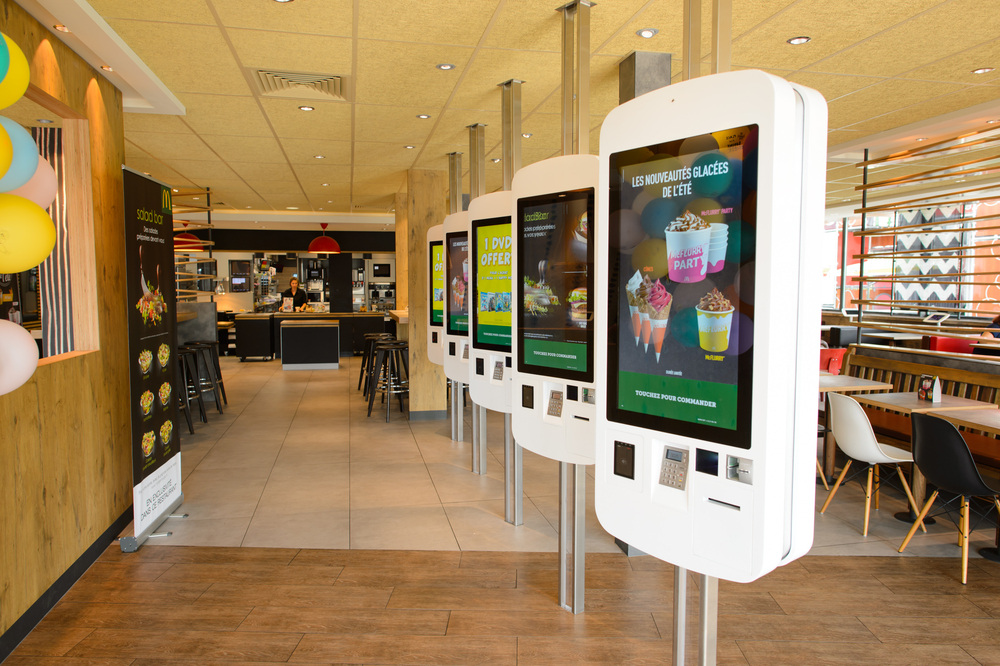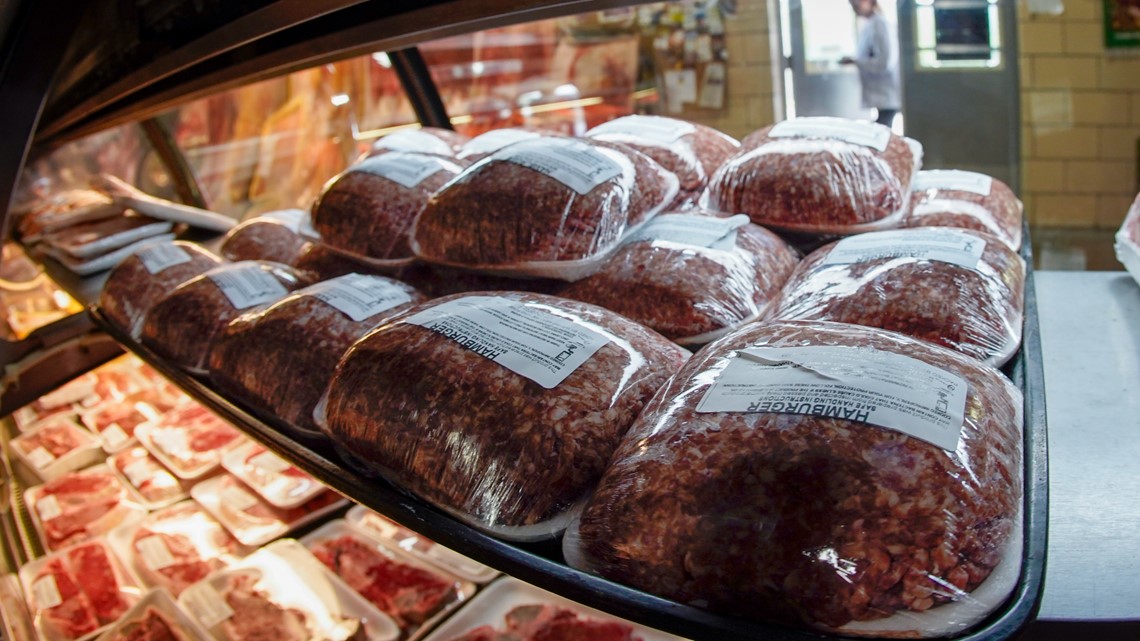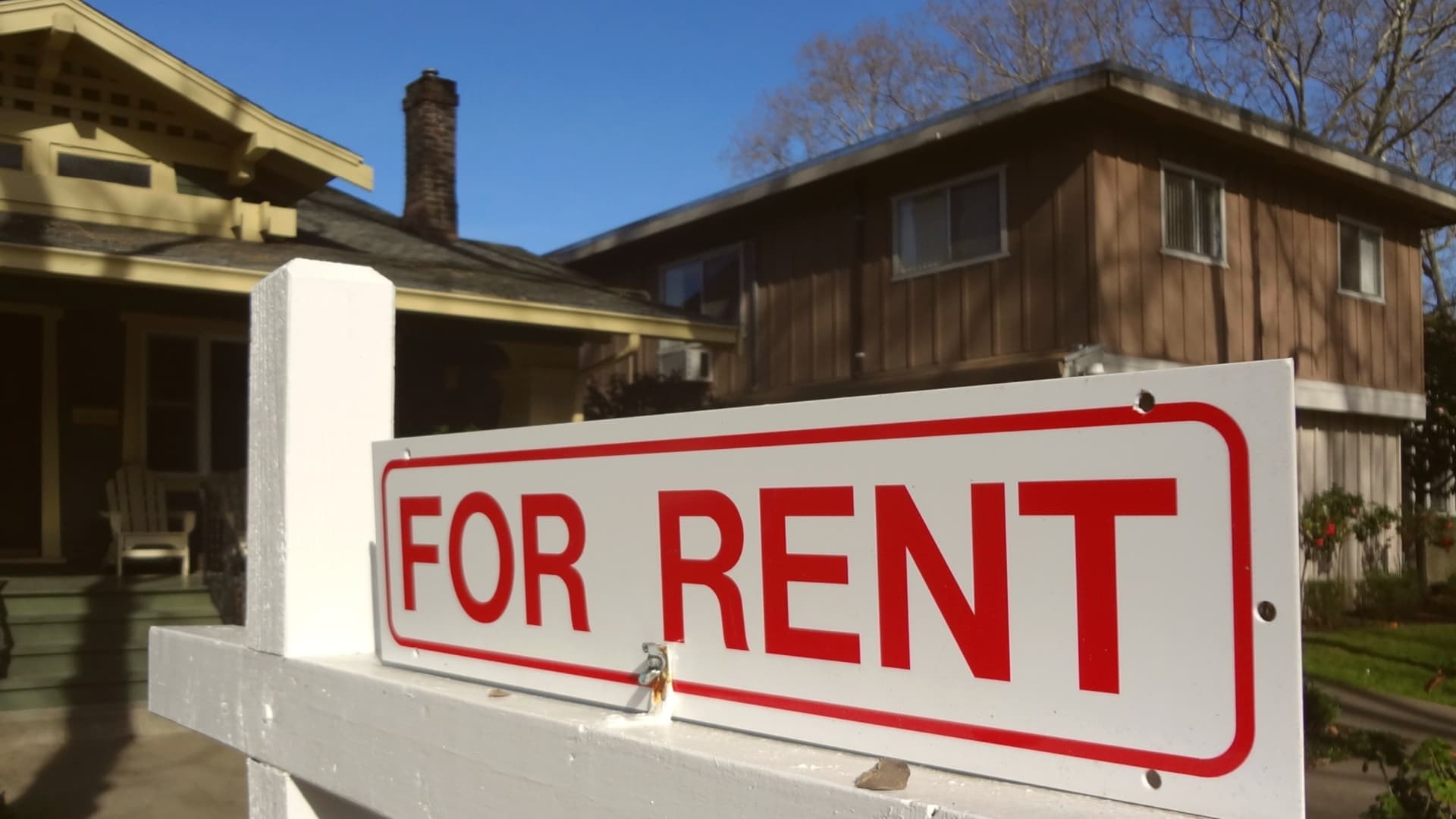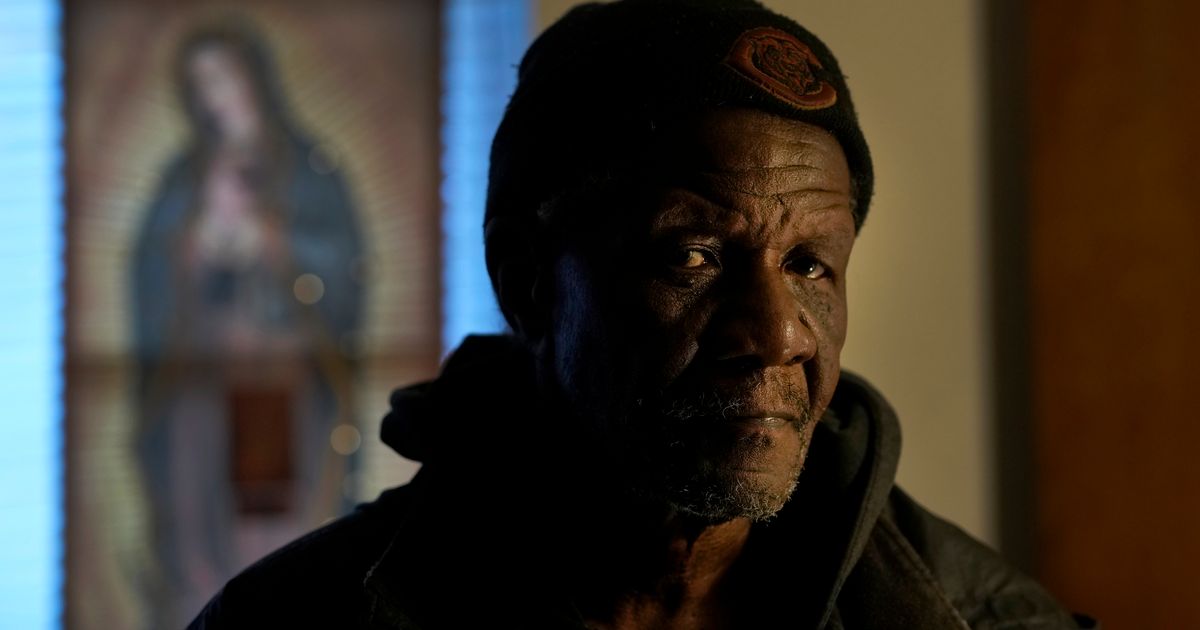After a gap of two years, Chennai’s celebrated Margazhi music season is back in its old format of concerts and dance performances with live audiences. And the crowds too are back, which is heartening. Chennai without the December music season is unthinkable, at least for the fans of classical music, dance, and South Indian vegetarian food — the trio coming into their own each year at about this time. But before we look at what is on offer in December, a quick recap on what this season is all about would be in order.
To begin with, this is that one part of the year when the weather is tolerable in the southern metropolis. Chennaiites take their winter seriously, going around in ear muffs and mufflers when the temperature dips to 23 degrees Celsius and the humidity is low. In the late 19th and early 20th centuries, that era before air-conditioning, this was when the British Raj organised its seminars and exhibitions in Madras. The Congress party, too, when it had to meet in the city, did so in December. And so it was in 1927. That year, there was a difference — a conference and a series of concerts on South Indian classical, aka Carnatic music, was organised to run in parallel to the party meet. This was a success, and from the proceeds of the ticket sales, it was decided to found an academy for music in the city. The Music Academy, Madras, thus came into existence and began to conduct an annual series of music events in December, with mornings devoted to discussions on the art. The programmes began on Christmas eve and continued till January 1.
Over the first two decades, the Music Academy was joined in the December music season by others, such as the Indian Fine Arts Society and the Tamil Isai Sangam. By the 1970s, more organisations joined in, some of which held programmes and performances throughout the year while others came to life only in December and then went back into hibernation. These are the sabhas, the cultural organisations that keep the classical arts flying. Gradually, the duration of the season widened — it began early in December and continued well into January, though the Music Academy still sticks to its schedule of a festival between December 15 and January 1, the last day featuring a quaint convocation named the sadas when artistes and scholars are honoured for their contribution to the art.
Running in parallel to the music and dance is the sabha canteen; each of the venues has a caterer who offers traditional vegetarian South Indian fare — breakfast, lunch, dinner, coffee (and tea) and snacks. This was at one time meant for concertgoers who spent practically the whole day listening and watching performances — in true South Indian style, the day at the sabhas begins at 7 am or so and continues till 10 pm, with performances round the clock. But to many foodies, this is when they can go sabha hopping just to sample the food on offer. This has also been an entry point to the arts themselves — many come to eat and then linger to savour the performances, and gradually get hooked. But to others, it is just a food festival, with some strange music and dance programmes attached. Whatever it is, it brings in people.
Before you run away with the idea that this is a carnival of sorts with millions participating, let me assure you that these are niche arts with a fan following of probably just over 100,000 in the city, of which probably one-fifth makes it to the venues. The statistics of the actual number of organisations putting up programmes can vary widely, but a safe estimate would be around 20, offering about 500 performances in all, with an average attendance of about 300 people at each. On a good day, around 5,000 people will be attending performances. Small numbers perhaps, but when you consider that this is Indian classical art, with a small following, the record is impressive — the season has been going on for 96 years, entirely funded by private initiative, government involvement being (thankfully) non-existent. A few years ago, Chennai, along with Jaipur and Varanasi, was awarded the creative city tag by Unesco, only nobody knew what to do with it. The December music season had got along without this for nine decades anyway.
What makes commerce tick? Certainly not ticket sales. But advertisers do come in — this when they can target a very narrow and specific consumer group of upper-middle and upper-class middle-aged and senior citizens, with many non-resident Indians thrown in for good measure. In addition, corporations view supporting the classical arts as part of their corporate social responsibility pledges. Above all, budgets, in true South Indian style, are modest at best — a sliver of the enormous remunerations paid to some Hindustani artistes. The art remains accessible.
So, if you are in Chennai in December, do drop in at one of the sabhas. In the morning, you can listen to scholarly presentations on the arts, and during the day, you can catch performances from the young and the seniors. The junior performances are usually free, and those of the veterans, which happen in the evening, are ticketed. The food festival apart, there will be several fringe events — heritage walks, talks, photo exhibitions with music and dance as the focus, and many chamber performances, which probably showcase the arts at their best. And there will be lots of conversations on the arts — over coffee.
In an era when multiple avenues for entertainment exist, Chennai’s platform for the arts in December remains unique. The aficionados look forward to it, and be it the Music Academy or a small room in a hired venue, high-quality music and dance get focus.
Sriram V is secretary, Music Academy, Madras, and the convenor of its annual December Music Conference The views expressed are personal















